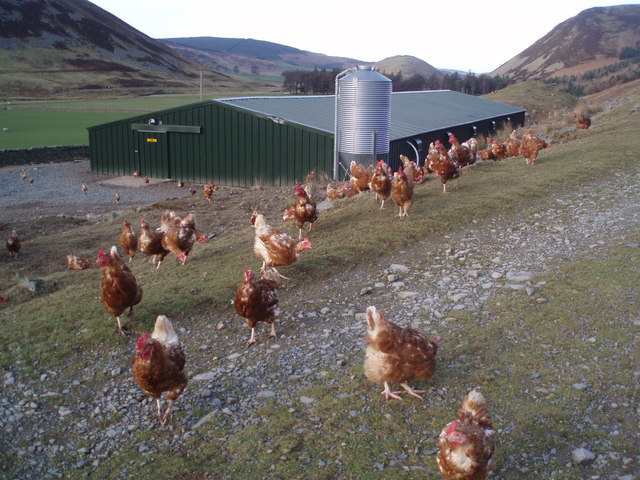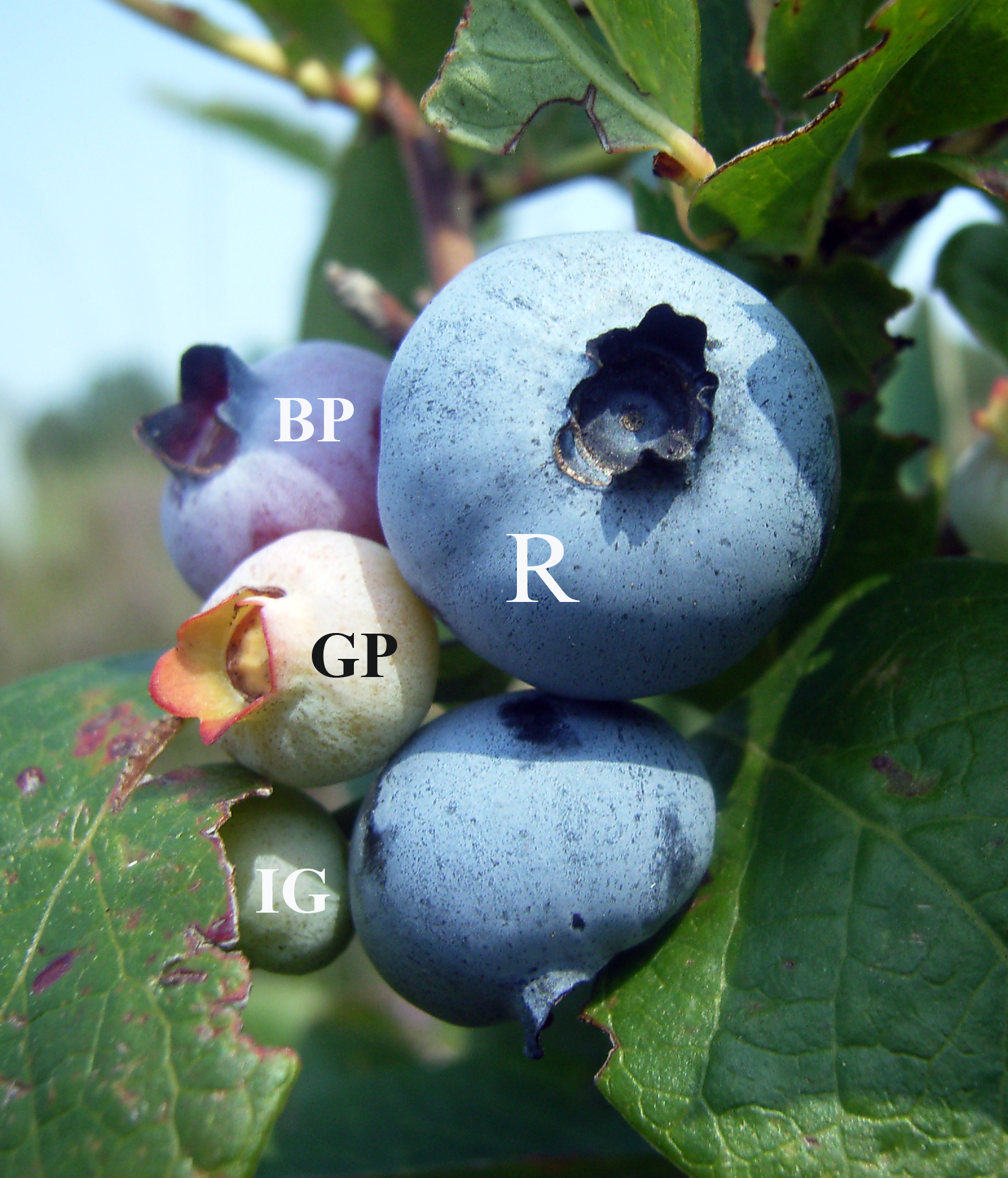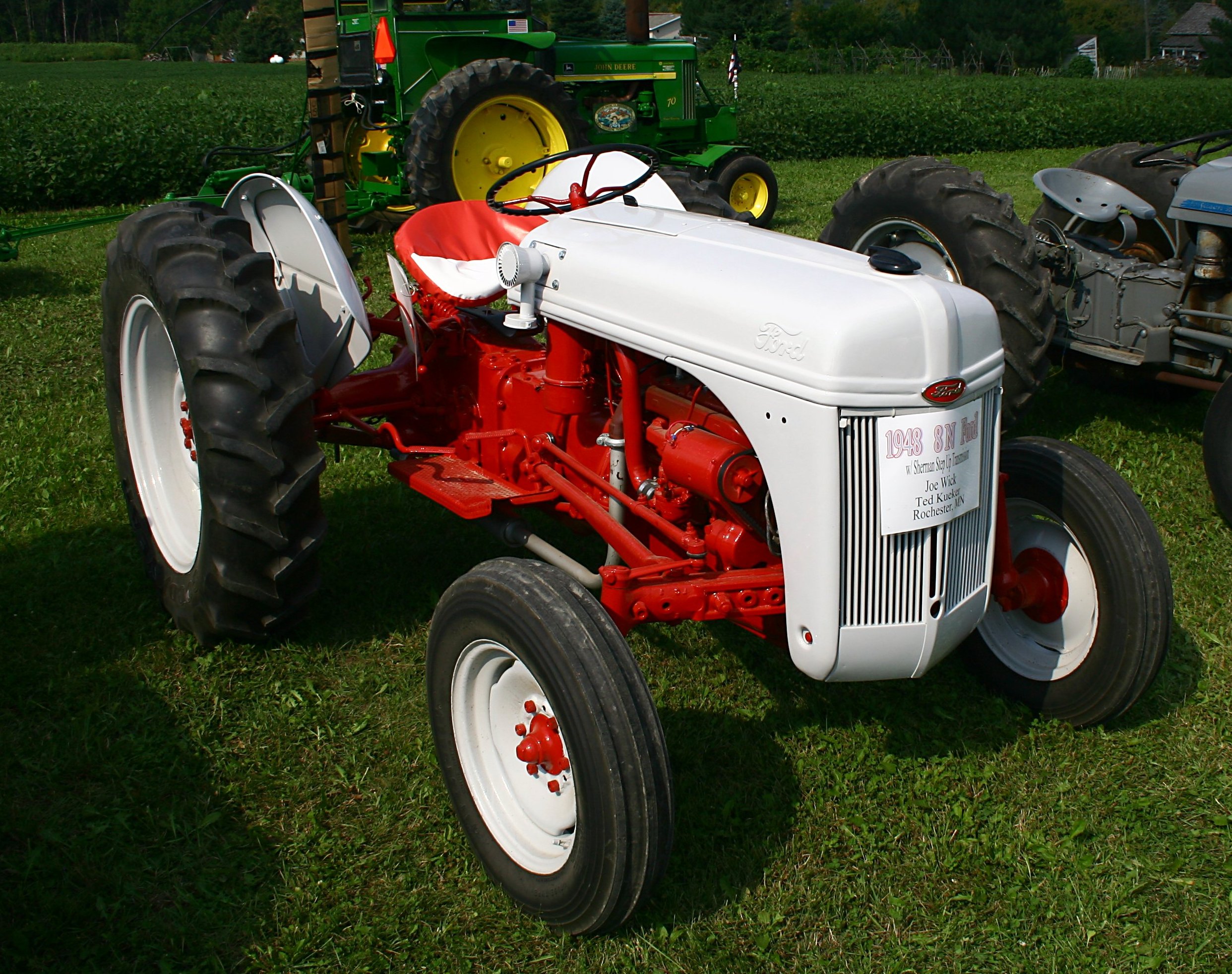|
UBC Farm
The UBC Farm is a 24-hectare farm and forest system on the southern end of the University of British Columbia (UBC) campus in Vancouver, British Columbia, Canada. The farm is operated by the Centre for Sustainable Food Systems, which is part of the Faculty of Land and Food Systems, and has existed in its current form since 2000. It hosts a variety of crops and fruits, as well as some animals and composting facilities. Several academic programs allow the students to use the farm for research and teaching. The UBC Farm shares the land with the Tal A'xin: Mayan in Exile Garden, the Musqueam Garden, and the xʷc̓ic̓əsəm Garden. History The farm, located on traditional Musqueam First Nations territory, has been a part of UBC since 1915. However, the farm of 1915 was not located at its current location but reached from the Nitobe Memorial Garden to the Thunderbird Stadium. In 1970, the farm moved closer to its current location at Wesbrook Place. During the 1990s, activity in ... [...More Info...] [...Related Items...] OR: [Wikipedia] [Google] [Baidu] |
University Of British Columbia Faculty Of Land And Food Systems
The Faculty of Land and Food Systems (LFS) (formerly Faculty of Agricultural Sciences, formerly Faculty of Agriculture) is one of the three founding Faculties at the University of British Columbia (UBC) in Vancouver, British Columbia, Canada. The faculty's administrative home is the H.R. MacMillan Building, with other programs housed across the UBC Point Grey campus, and the Lower Mainland of British Columbia. The faculty's academic and research programs focus on the relationships between land, food, and natural resource use, both at a local level, and within a global context. The faculty is also home to the Centre for Sustainable Food Systems at UBC Farm. Research by faculty and students covers a breadth of subjects, including soil, water and air use, food security, nutrition, food safety, food economics, agriculture, viticulture, animal welfare, food microbiology and aquaculture. The faculty awards a Bachelor of Science (B.Sc.) for all undergraduate programs, and Master of S ... [...More Info...] [...Related Items...] OR: [Wikipedia] [Google] [Baidu] |
Tsuga
''Tsuga'' (, from Japanese (), the name of '' Tsuga sieboldii'') is a genus of conifers in the subfamily Abietoideae of Pinaceae, the pine family. The English-language common name "hemlock" arose from a perceived similarity in the smell of its crushed foliage to that of the unrelated plant hemlock. Unlike the latter, ''Tsuga'' species are not poisonous. The genus comprises eight to ten species (depending on the authority), with four species occurring in North America and four to six in eastern Asia. Description They are medium-sized to large evergreen trees, ranging from tall, with a conical to irregular crown, the latter occurring especially in some of the Asian species. The leading shoots generally droop. The bark is scaly and commonly deeply furrowed, with the colour ranging from grey to brown. The branches stem horizontally from the trunk and are usually arranged in flattened sprays that bend downward towards their tips. Short spur shoots, which are present in many gy ... [...More Info...] [...Related Items...] OR: [Wikipedia] [Google] [Baidu] |
Free Range
Free range denotes a method of farming husbandry where the animals can roam freely outdoors for at least part of the day, rather than being confined in an enclosure for 24 hours each day. On many farms, the outdoors ranging area is fenced, thereby technically making this an enclosure, however, free range systems usually offer the opportunity for the extensive locomotion and sunlight that is otherwise prevented by indoor housing systems. ''Free range'' may apply to meat, eggs or dairy farming. The term is used in two senses that do not overlap completely: as a farmer-centric description of husbandry methods, and as a consumer-centric description of them. There is a diet where the practitioner only eats meat from free-range sources called ethical omnivorism. In ranching, free-range livestock are permitted to roam without being fenced in, as opposed to intensive animal farming practices such as the concentrated animal feeding operation. In many agriculture-based economies, f ... [...More Info...] [...Related Items...] OR: [Wikipedia] [Google] [Baidu] |
Truffles
A truffle is the fruiting body of a subterranean ascomycete fungus, one of the species of the genus ''Tuber''. More than one hundred other genera of fungi are classified as truffles including '' Geopora'', '' Peziza'', '' Choiromyces'', and '' Leucangium''. These genera belong to the class Pezizomycetes and the Pezizales order. Several truffle-like basidiomycetes are excluded from Pezizales, including '' Rhizopogon'' and ''Glomus''. Truffles are ectomycorrhizal fungi, so they are found in close association with tree roots. Spore dispersal is accomplished through fungivores, animals that eat fungi. These fungi have ecological roles in nutrient cycling and drought tolerance. Some truffle species are prized as food.English translation Edible truffles are used in [...More Info...] [...Related Items...] OR: [Wikipedia] [Google] [Baidu] |
Hops
Hops are the flowers (also called seed cones or strobiles) of the hop plant ''Humulus lupulus'', a member of the Cannabaceae family of flowering plants. They are used primarily as a bittering, flavouring, and stability agent in beer, to which, in addition to bitterness, they impart floral, fruity, or citrus flavours and aromas. Hops are also used for various purposes in other beverages and herbal medicine. The hops plants have separate female and male plants, and only female plants are used for commercial production. The hop plant is a vigorous climbing herbaceous perennial, usually trained to grow up strings in a field called a hopfield, hop garden (in the South of England), or hop yard (in the West Country and United States) when grown commercially. Many different varieties of hops are grown by farmers around the world, with different types used for particular styles of beer. The first documented use of hops in beer is from the 9th century, though Hildegard of Bingen, 300 y ... [...More Info...] [...Related Items...] OR: [Wikipedia] [Google] [Baidu] |
Raspberries
The raspberry is the edible fruit of several plant species in the genus ''Rubus'' of the Rosaceae, rose family, most of which are in the subgenus ''Rubus#Modern classification, Idaeobatus''. The name also applies to these plants themselves. Raspberries are perennial with woody plant, woody stems. World production of raspberries in 2022 was 947,852 tonnes, led by Russia with 22% of the total. Raspberries are cultivated across northern Europe and North America and are consumed in various ways, including as whole fruit and in Fruit preserves, preserves, cakes, ice cream, and liqueurs. Description A raspberry is an aggregate fruit, developing from the numerous distinct carpels of a single flower. Each carpel then grows into individual drupelet, drupelets, which, taken together, form the body of a single raspberry fruit. As with blackberry, blackberries, each drupelet contains a seed. What distinguishes the raspberry from its blackberry relatives is whether or not the torus (rece ... [...More Info...] [...Related Items...] OR: [Wikipedia] [Google] [Baidu] |
Blueberries
Blueberries are a widely distributed and widespread group of perennial flowering plants with blue or purple berries. They are classified in the section ''Cyanococcus'' with the genus ''Vaccinium''. Commercial blueberries—both wild (lowbush) and cultivated (highbush)—are all native to North America. The highbush varieties were introduced into Europe during the 1930s. Blueberries are usually prostrate shrubs that can vary in size from to in height. In the commercial production of blueberries, the species with small, pea-size berries growing on low-level bushes are known as "lowbush blueberries" (synonymous with "wild"), while the species with larger berries growing on taller, cultivated bushes are known as "highbush blueberries". Canada is the leading producer of lowbush blueberries, while the United States produces some 40% of the world's supply of highbush blueberries. Description Many species of blueberries grow wild in North America, including '' Vaccinium myrtilloi ... [...More Info...] [...Related Items...] OR: [Wikipedia] [Google] [Baidu] |
Pacific Northwest
The Pacific Northwest (PNW; ) is a geographic region in Western North America bounded by its coastal waters of the Pacific Ocean to the west and, loosely, by the Rocky Mountains to the east. Though no official boundary exists, the most common conception includes the U.S. states of Oregon, Washington (state), Washington, Idaho, and the Canadian province of British Columbia. Some broader conceptions reach north into Alaska and Yukon, south into Northern California, and east into western Montana. Other conceptions may be limited to the coastal areas west of the Cascade Mountains, Cascade and Coast Mountains, Coast mountains. The Northwest Coast is the coastal region of the Pacific Northwest, and the Northwest Plateau (also commonly known as "British Columbia Interior, the Interior" in British Columbia), is the inland region. The term "Pacific Northwest" should not be confused with the Northwest Territory (also known as the Great Northwest, a historical term in the United States) ... [...More Info...] [...Related Items...] OR: [Wikipedia] [Google] [Baidu] |
Polytunnel
A polytunnel (also known as a polyhouse, hoop greenhouse or hoophouse, grow tunnel or high tunnel) is a tunnel typically made from steel and covered in polyethylene, usually semi-circular, square or elongated in shape. The interior heats up because incoming solar radiation from the sun warms plants, soil, and other things inside the building faster than heat can escape the structure. Air warmed by the heat from hot interior surfaces is retained in the building by the roof and wall. Temperature, humidity and ventilation can be controlled by equipment fixed in the polytunnel or by manual opening and closing of vents. Polytunnels are mainly used in temperate regions in similar ways to glass greenhouses and row covers. Besides the passive solar heating that every polytunnel provides, every variation of auxiliary heating (from hothouse heating through minimal heating to unheated houses) is represented in current practice. The nesting of row covers and low tunnels inside high tunnels ... [...More Info...] [...Related Items...] OR: [Wikipedia] [Google] [Baidu] |
Greenhouses
A greenhouse is a structure that is designed to regulate the temperature and humidity of the environment inside. There are different types of greenhouses, but they all have large areas covered with transparent materials that let sunlight pass and block it as heat. The most common materials used in modern greenhouses for walls and roofs are rigid plastic made of polycarbonate, plastic film made of polyethylene, or glass panes. When the inside of a greenhouse is exposed to sunlight, the temperature increases, providing a sheltered environment for plants to grow even in cold weather. The terms greenhouse, glasshouse, and hothouse are often used interchangeably to refer to buildings used for cultivating plants. The specific term used depends on the material and heating system used in the building. Nowadays, greenhouses are more commonly constructed with a variety of materials, such as wood and polyethylene plastic. A glasshouse, on the other hand, is a traditional type of greenhouse ... [...More Info...] [...Related Items...] OR: [Wikipedia] [Google] [Baidu] |
Tractors
A tractor is an engineering vehicle specifically designed to deliver a high tractive effort (or torque) at slow speeds, for the purposes of hauling a Trailer (vehicle), trailer or machinery such as that used in agriculture, mining or construction. Most commonly, the term is used to describe a farm vehicle that provides the power and traction to mechanization, mechanize agricultural tasks, especially (and originally) tillage, and now many more. List of agricultural machinery, Agricultural implements may be towed behind or mounted on the tractor, and the tractor may also provide a source of power if the implement is mechanised. Etymology The word ''tractor'' was taken from Latin, being the Agent (grammar), agent noun of ''trahere'' "to pull". The first recorded use of the word meaning "an engine or vehicle for pulling wagons or plows" occurred in 1896, from the earlier term "traction engine, traction motor" (1859). National variations In the United Kingdom, UK, Republic of ... [...More Info...] [...Related Items...] OR: [Wikipedia] [Google] [Baidu] |
Alma Mater Society Of The University Of British Columbia Vancouver
The Alma Mater Society of the University of British Columbia Vancouver, otherwise referred to as the Alma Mater Society or the AMS, is the student society of UBC Vancouver and represents more than 60,000 undergraduate and graduate students at UBC's Vancouver campus and their affiliated colleges. The AMS also operates student services, businesses, resource groups and clubs. The AMS is a non-profit organization that exists to advocate for student viewpoints and ensure the needs of students are met by the University Administration and the Provincial and Federal governments. The Alma Mater Society is composed of a number of constituency organizations for undergraduate students, and works closely with the Graduate Student Society of UBC. Governance The highest decision-making body of the AMS is the Student Council. Meeting every two weeks during the Academic Year, and every month during the summer, this body has representatives from each of the Schools and Faculties of UBC, the affili ... [...More Info...] [...Related Items...] OR: [Wikipedia] [Google] [Baidu] |








